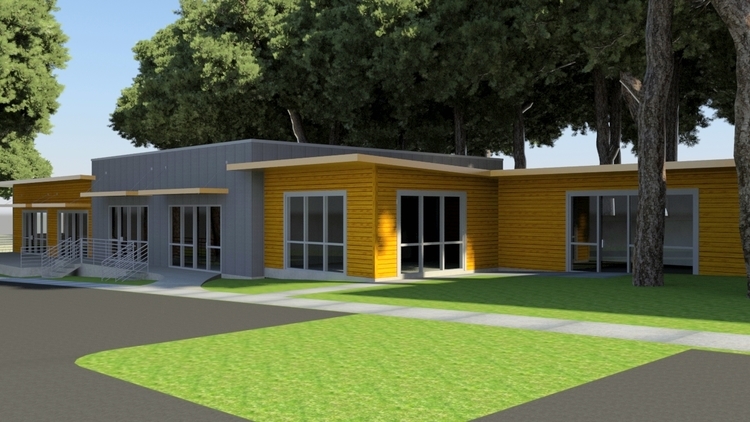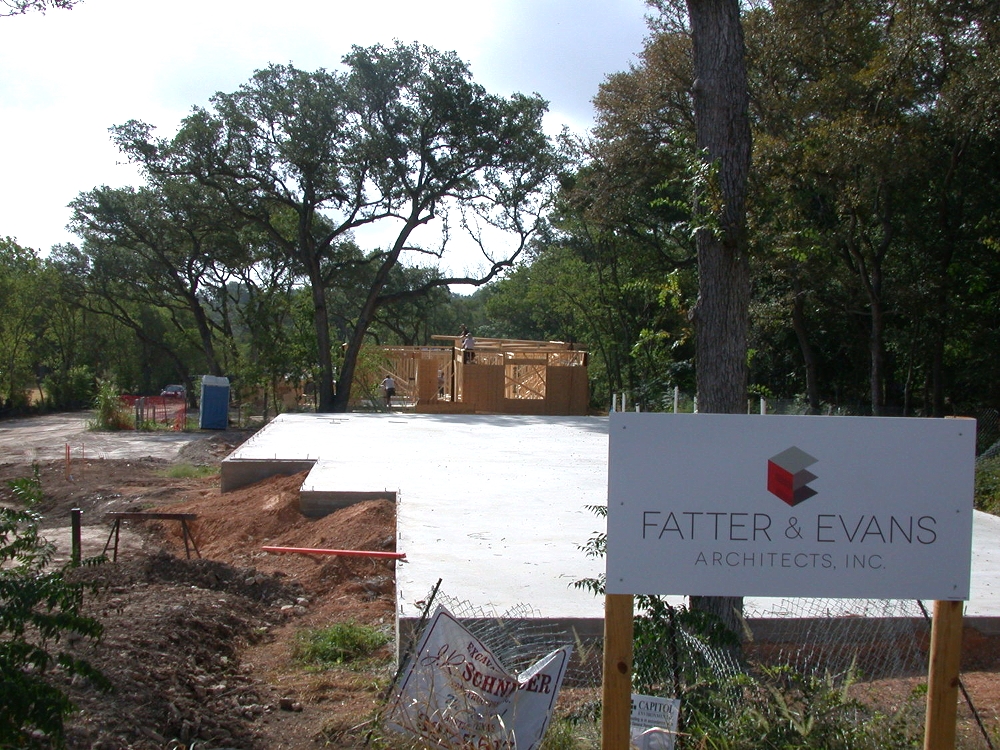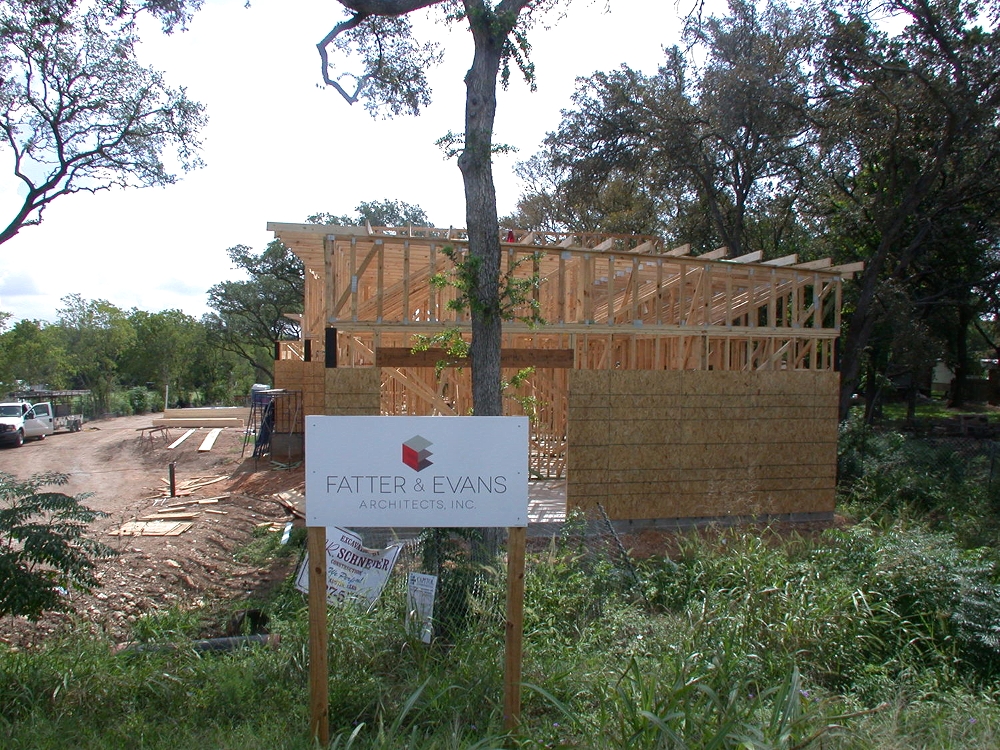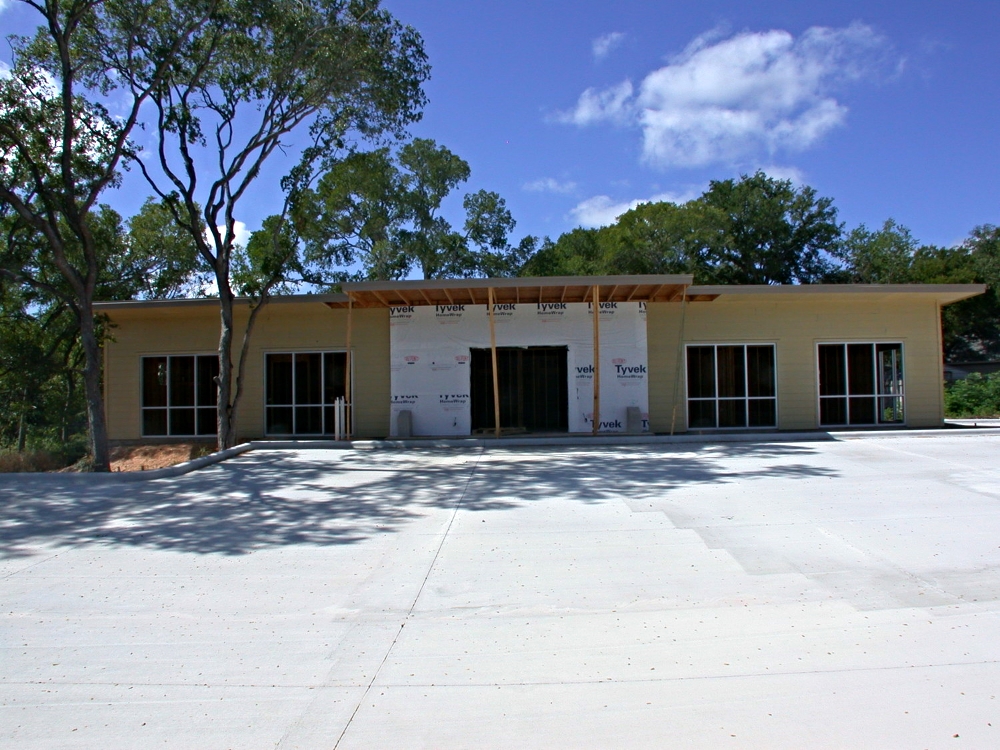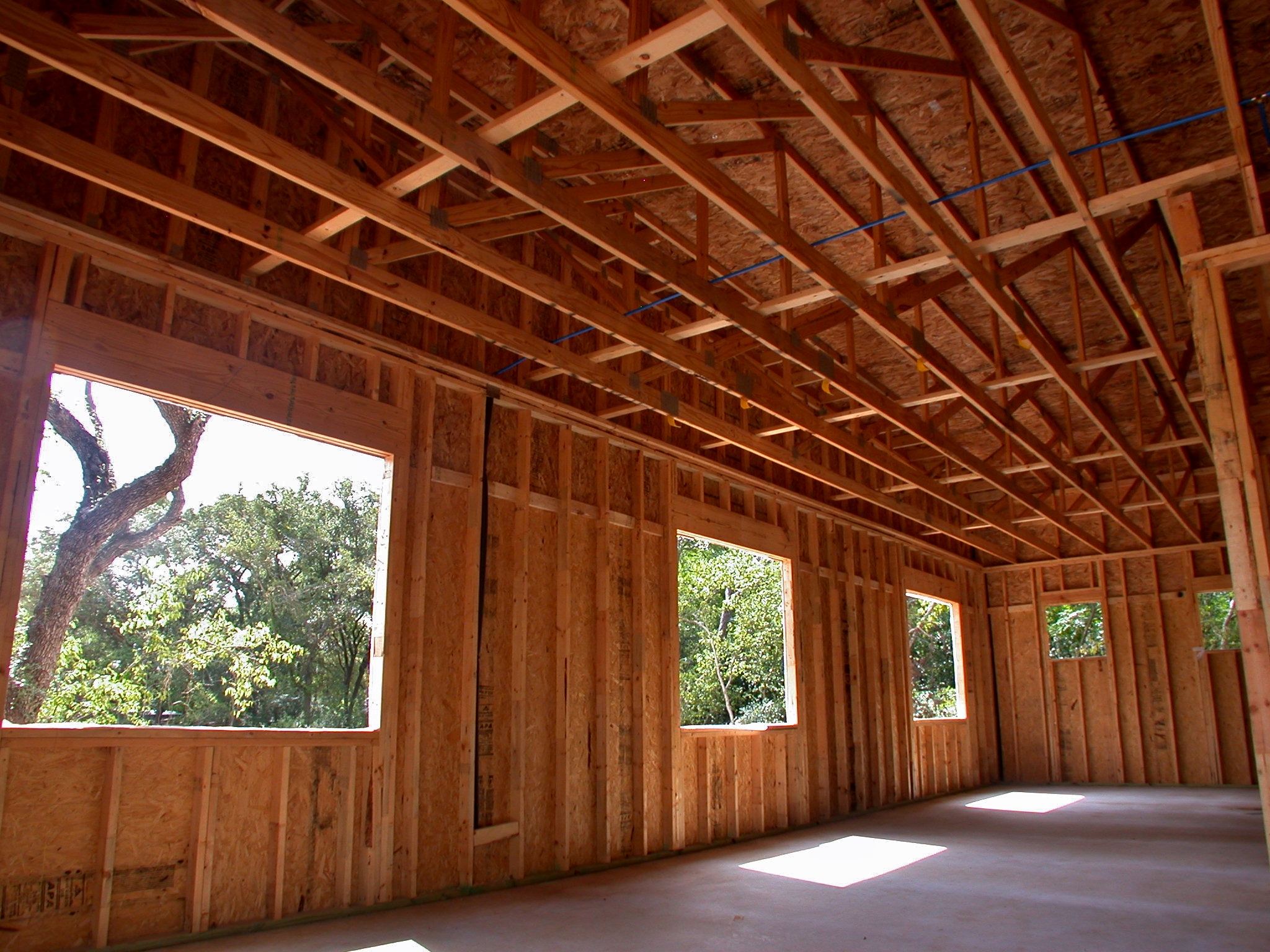This post is titled "5 Step Architectural Design Process" but the title could also be "What the Heck You Are About to Experience when You Walk into an Architect's Office." The average person needing to engage with an architect for a remodel or new construction project doesn't know what the usual steps entail. The whole process can seem like a well-kept secret.
But take heart; you are about to embark on a wonderful journey watching your dream go from your head to paper to physical form.
This post is meant to be a helpful guide of the architectural process when you work with an architect. Below are the widely-accepted steps in the architectural design process. Every project no matter how big or small walks through some version of these steps.
1) Schematic Design
2) Design Development
3) Construction Documents
4) Bidding
5) Construction Administration
Let’s start with Schematic Design.
Schematic design is the first step in the process. It focuses on listening to the client and getting to know their needs. The architect meets with the client, asks questions, and sketches out ideas. Depending on the scope of the project, the architect also might need to measure and draw the house for base drawings. Through this communication and drawing, the “program” takes form. The program is the list of needs or “the required functions” of the project. Additional square footage for living areas of a house, more daylight in rooms, or specified collaboration space within a large office are all examples of needs within a program. Some ideas will stick, others will be thrown out, but in the end the architect will have a list on which to focus his/her design.
This is also the phase in which the architect obtains or creates surveys, sketches, site plans, floor plans, and elevations to give a frame of reference for the client. These illustrations connect the initial ideas with their spatial forms, and relay a preliminary understanding of the design. This is a crucial step of communication with the client where all the fun ideas are put to the design test.
Also, an important part of schematic design is the research. Findings from the research can drive the design or the possibilities of the program. Architects research the zoning restrictions, neighborhood plans, and any special city ordinances. This due diligence ensures the project can achieve permitted status later down the road and gives important parameters on what can be built on the land. Particularly in Austin, this step is critical as the city code at the moment is still complex. Architects are important in deciphering what part of the code is relevant to the client's project.
Design development delves further into the details. For example, this entails choices on wood flooring, windows, and/or precise locations of kitchen cabinets and appliances. The preliminary floor plans and elevations will also have specific dimensions so the architect now has a strong blueprint to begin the construction documents in the next phase. Making all these details work together at this stage can make or break the design.
In terms of the client’s experience in this phase, the architect presents the final product of design to him/her for approval. Sometimes the client and architect engage in a couple different rounds of comments and tweaking depending on the complexity of the project or the clients needing to rethink ideas. Ultimately, this is point in which final decisions have to be made. Once the client approves of the initial design then the architect begins the construction document phase.
In the Construction Documents phase architects produce detailed drawings of how the building will be constructed. These drawings are used to obtain permits from the city and to attract offers from contractors for the Bidding process. This phase is usually what the typical client associates most strongly with architecture. Construction Drawings bridge the idea of design to the actual construction of the project; this is how the building will be built by the contractor.
Also included in the Construction Document package is the MEP (Mechanical, Electrical and Plumbing) plans, and the foundation plans from the structural engineer. This is also when permitting happens. The architect submits the construction documents and completed paperwork to obtain the appropriate permits. In Austin, the city might also want a framing design, and a wind bracing design in the submittal package. These are all components that are typically contracted out to engineers by the architect on the client’s behalf and are reimbursable expenses along with other costs like printing. Basically, every detail you could ever need to build the structure is compiled into the Construction Documents in order to build the structure and obtain permits.
In the Bidding Phase, architects prepare all the documents that provide information for the contractors. The architect then helps the client reach out to potential contractors and assess the bids that come in. Architects are there to answer questions and guide the client to choose the best bid.
The Construction Administration phase depends on the clients desire of the architects level of involvement. Ideally, the architect conducts periodic site visits to be the eyes of the client and problem-solve with contractors with unforeseen circumstances. At the least, the architect is available for consultation with the contractor when questions invariably arise. Construction Administration is sometimes where the client might cut corners to save money and waive the architect taking time to visit the site. However, from an architect’s viewpoint this is a crucial service for the client. Architects are trained to spot problems and are then able to sketch out clarifications for the contractor when something unexpected surfaces. The architect is essentially there to protect the client’s interest and character of the design.
Hopefully, this guides and informs you of the architectural process and will help you understand how to work with an architect on an upcoming project. If you have questions about your project and how we might help you, feel free to email us at info@fatterevans.com.






